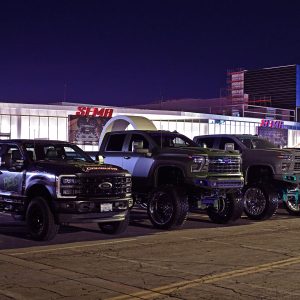Builds
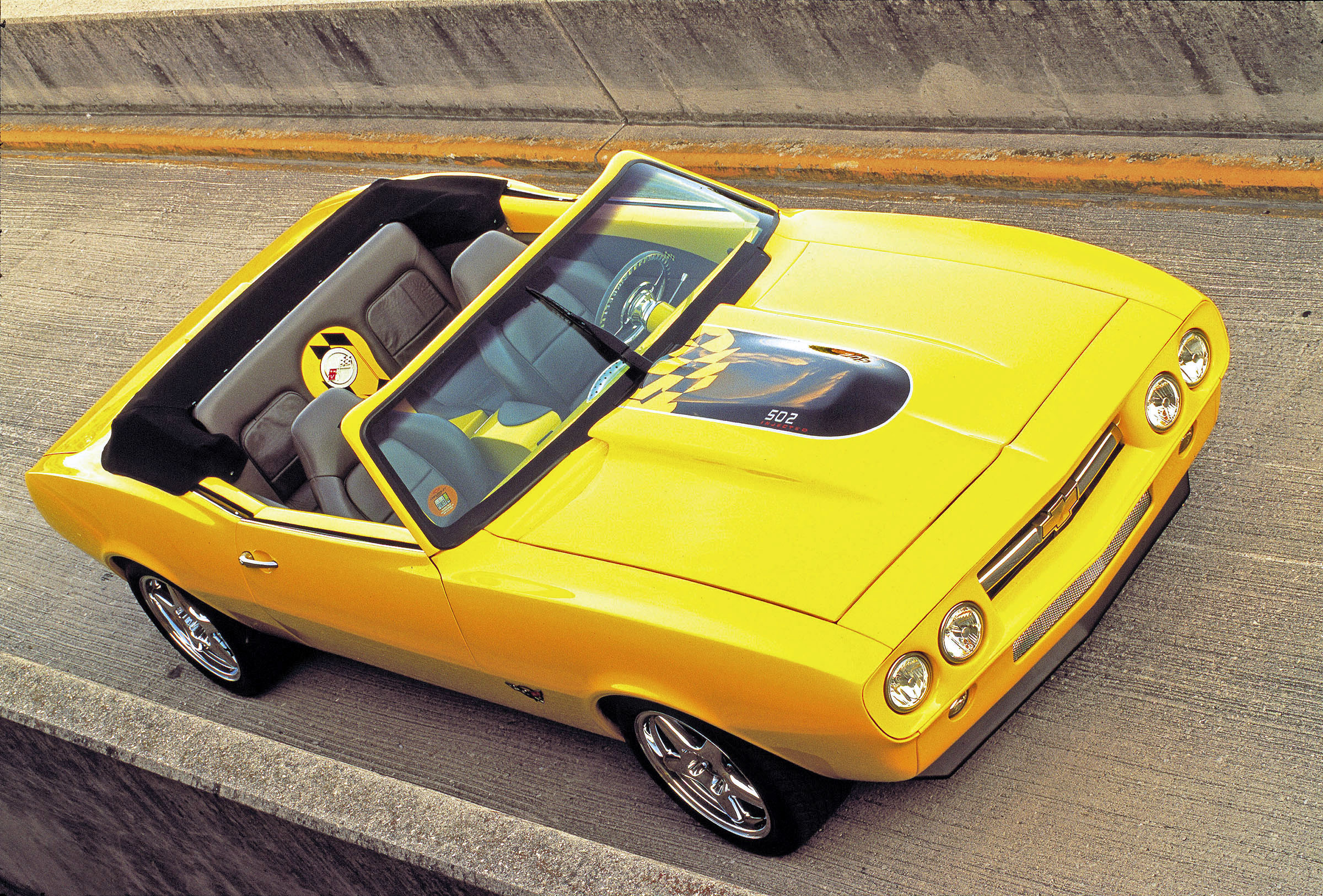
There’s no question that this ’68 Camaro pushes buttons, limits, and envelopes. This unique creation even pushes our understanding. It’s part nostalgia, part Blade Runner, brought together through a great deal of thought, creativity, and sheer talent.
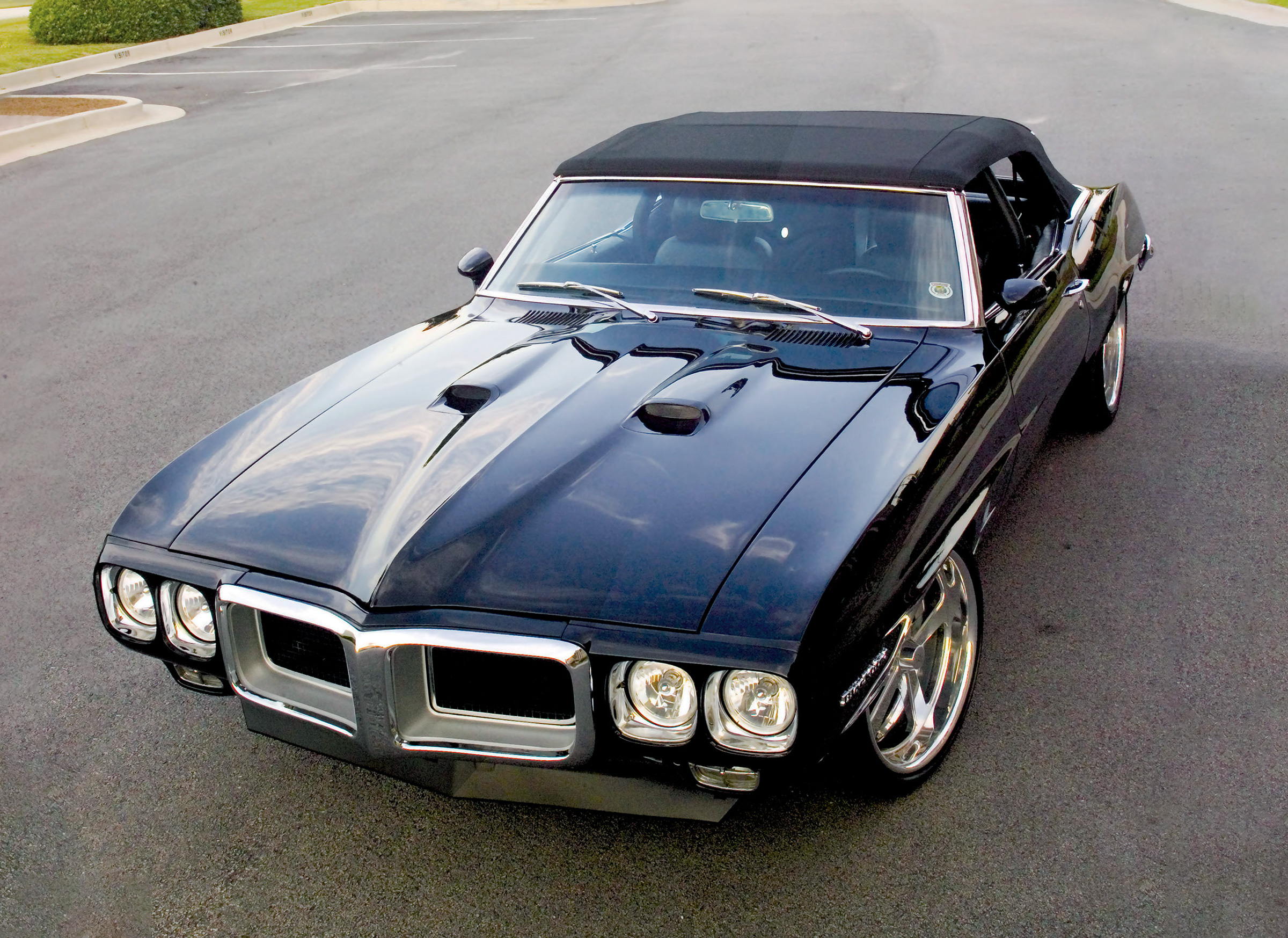
We all have our own passions and preferences in whatever we do: food, music, dress, sports and cars. And passions can run high, particularly with cars. For some it may be Fords, for others Mopars, and there’s the whole broad spectrum of General Motors products—Cadillacs, Buicks, Oldsmobiles, Pontiacs and Chevys, which, of course, have always enjoyed the largest enthusiast following. Yet today more than ever, people looking to separate themselves from the masses are reaching beyond convention to the less-favored among enthusiast cars, but no less admired
nameplates, to satisfy their car needs.
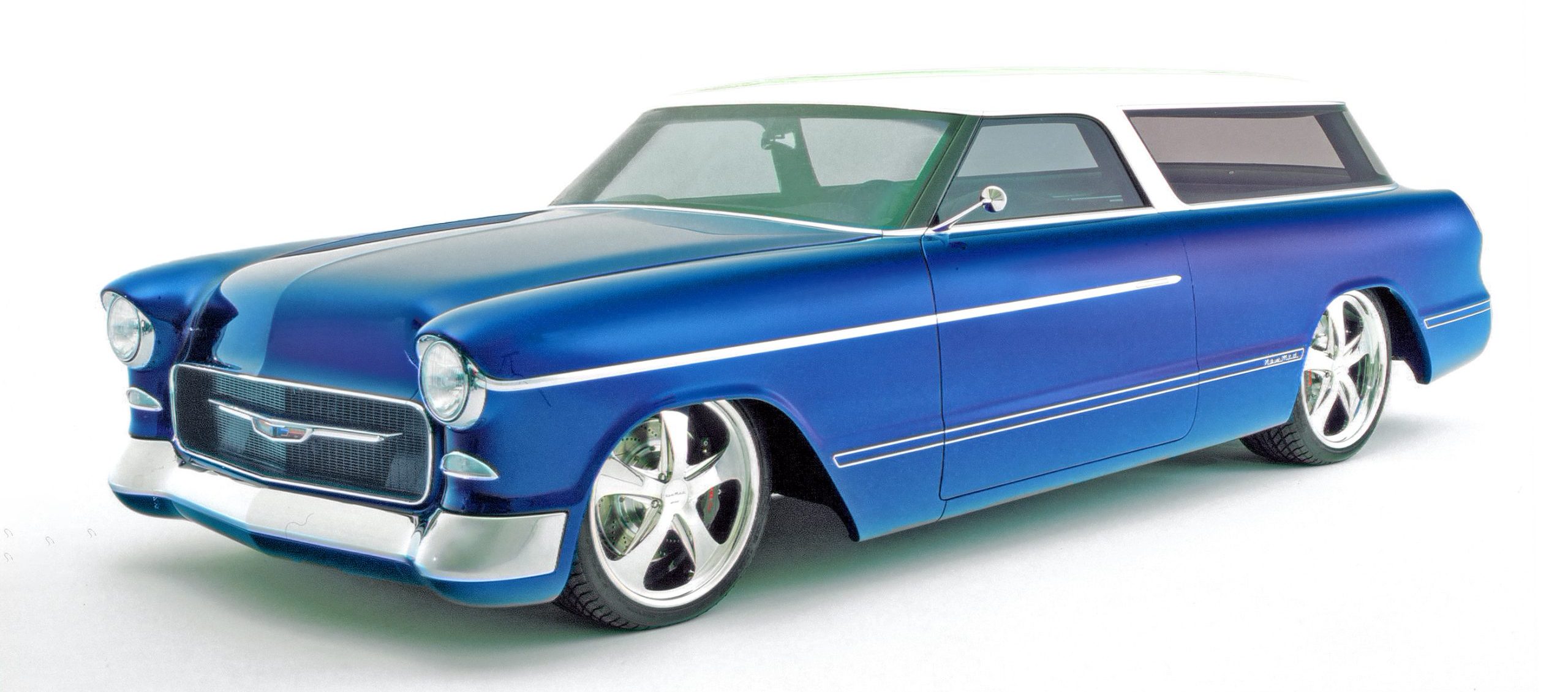
Automobiles and customizing developed simultaneously. There have always been individuals who had a need, a persistent yearning, to personalize their belongings. Some people add their initials to clothing or suitcases, some homeowners paint and landscape their dwellings differently than their neighbors, and some auto enthusiasts customize their automobiles to stand apart from the rest. This quest to be different is what makes the world so unique and why the car manufacturers offered options to suit the whims of each individual buyer.

In its third year, the Triple Crown of Rodding keeps getting smoother, stronger, and more refined—like a finely aged bourbon, each year’s competition distills the craft down to its boldest, most balanced builds. The 2025 event brought a level of intensity and talent that proved just how far the hobby has come. Builders came prepared, and the competition was fierce, with every entry pushing boundaries in creativity, engineering, and execution. This wasn’t just a show—it was a proving ground where only the most exceptional rides could shine.

The Triple Crown of Rodding 2025 wasn’t just the biggest hot rod event in the nation — on Saturday, September 6, it became a rally of American pride at the Nashville Superspeedway. Actor, advocate, and true patriot Gary Sinise lit up the night with his Lt. Dan Band, delivering a high-octane rock ’n’ roll concert that saluted our service members, veterans, and first responders.
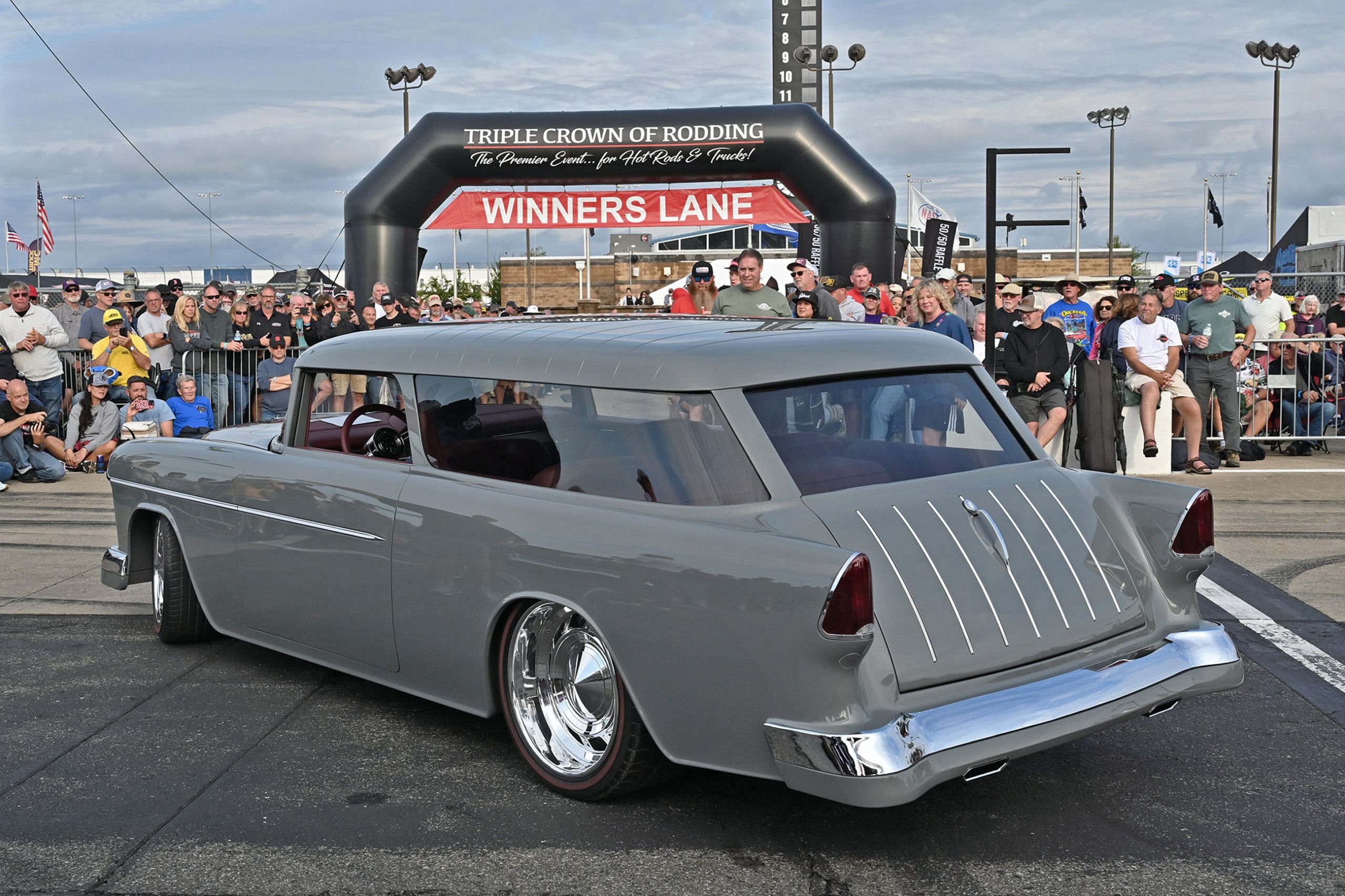
The 2025 Triple Crown of Rodding delivered a jaw-dropping lineup of cars, and the Celebrity Pick Awards highlighted the rides that captured the eyes of legends. Hand-picked by icons like Chip Foose, Corky Coker, John Jackson, and Kyle Tucker, these awards honor vehicles that combine daring creativity, flawless craftsmanship, and that undeniable “wow” factor.
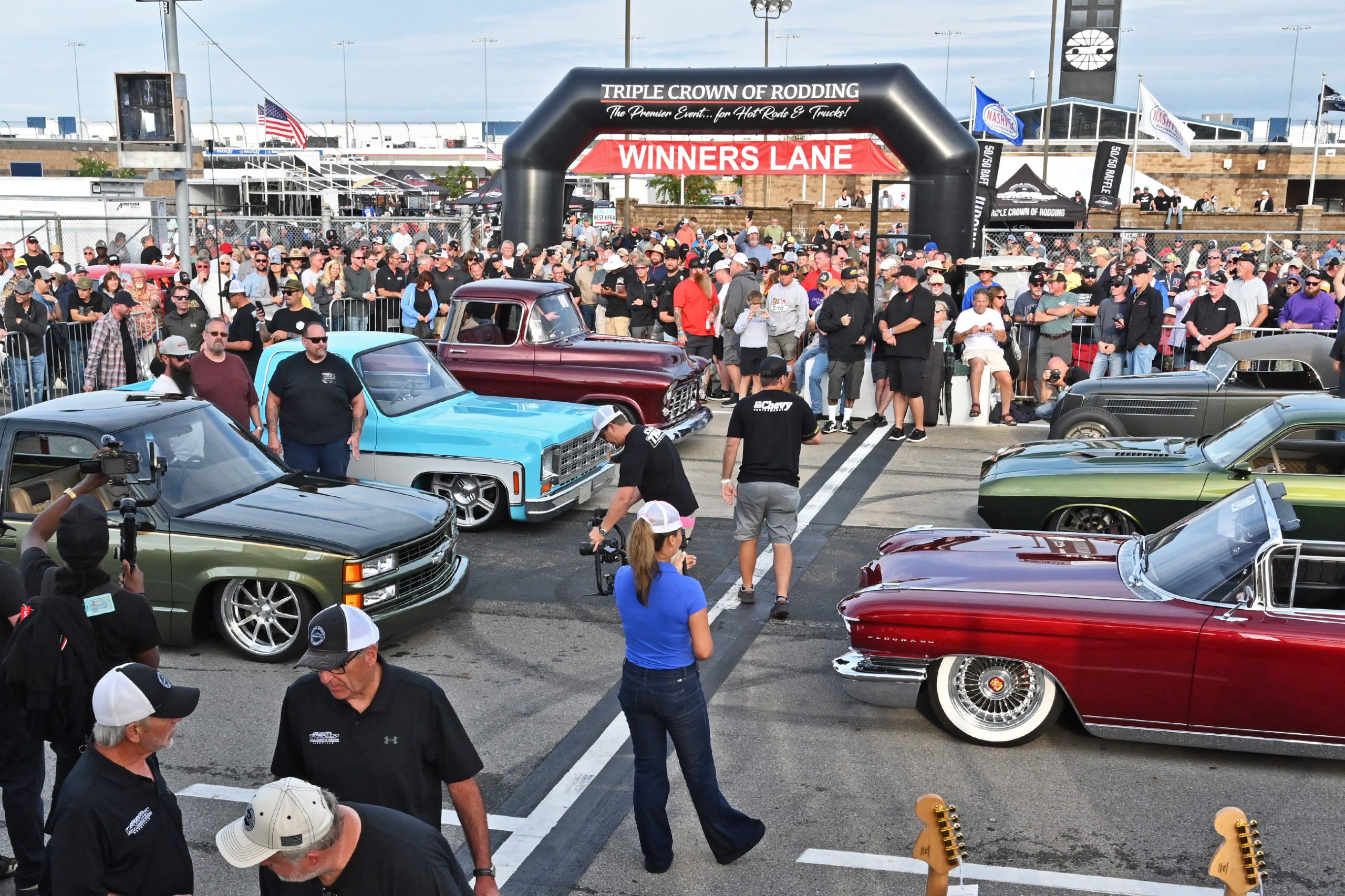
When it comes to prestige in the custom car and truck world, nothing shines brighter than the Triple Crown of Rodding. With over 50 state-of-the-art billet-machined aluminum and show-chrome-plated trophies on the line, the competition is fierce. But at the top of the heap are six elite titles—the ones every builder dreams about, the ones that truly define “best of the best.”
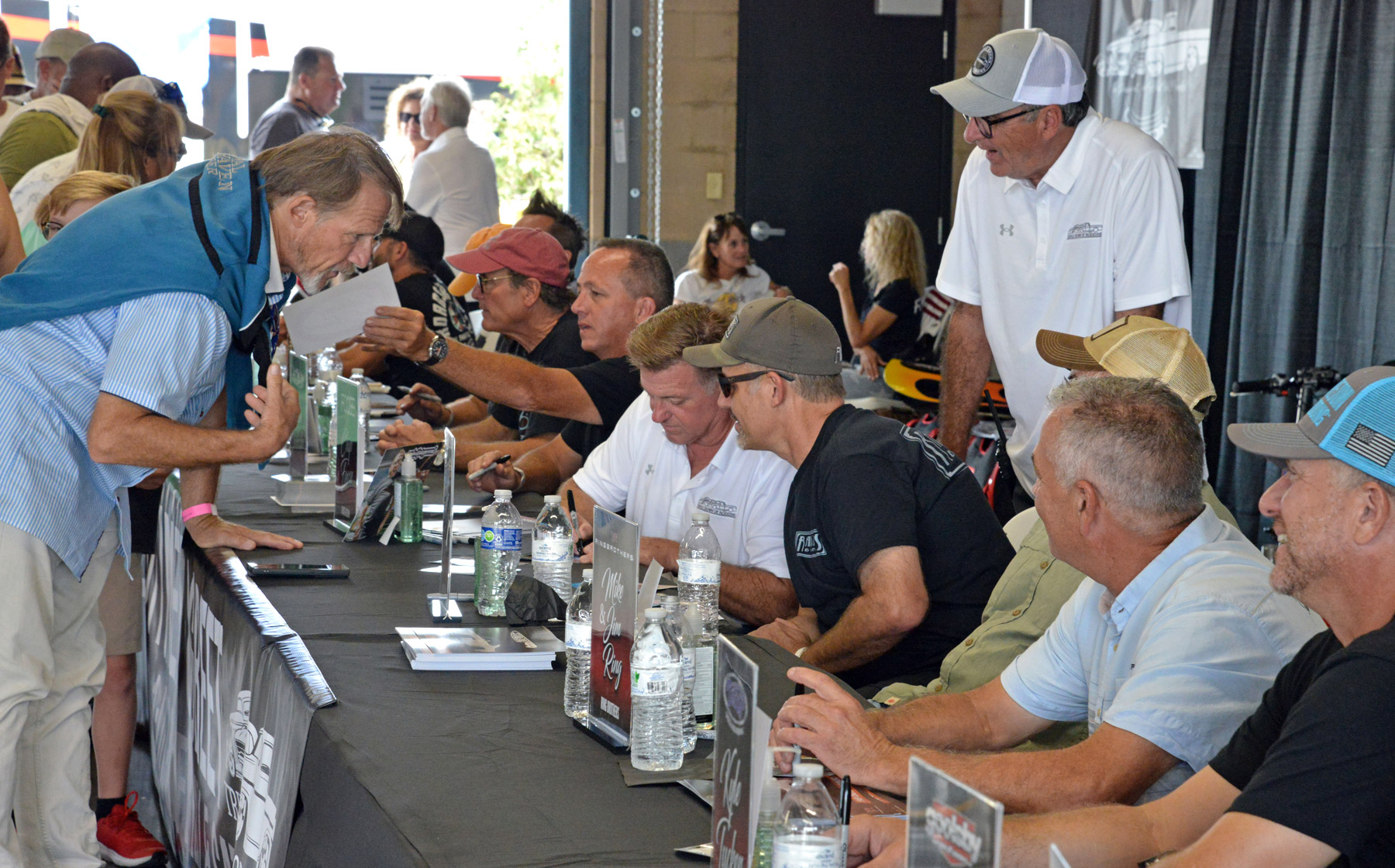
This isn’t just a lineup—it’s a living hall of fame. We’re talking the visionaries whose cars dominate the Ridler, the America’s Most Beautiful Roadster (AMBR), and the Goodguys Top 12. The innovators who set the trends that every other shop follows. The craftsmen whose names carry weight in any serious shop conversation, even if they aren’t on reality TV every week.

We’ve been road-tripping all year long through the Fab’d Four of Auto Shows, chasing the best builds, the wildest debuts, and the kind of iron that makes you stop mid-sentence just to stare. Three shows in, we’ve already seen cars that melted minds and trucks that had crowds three-deep around them.
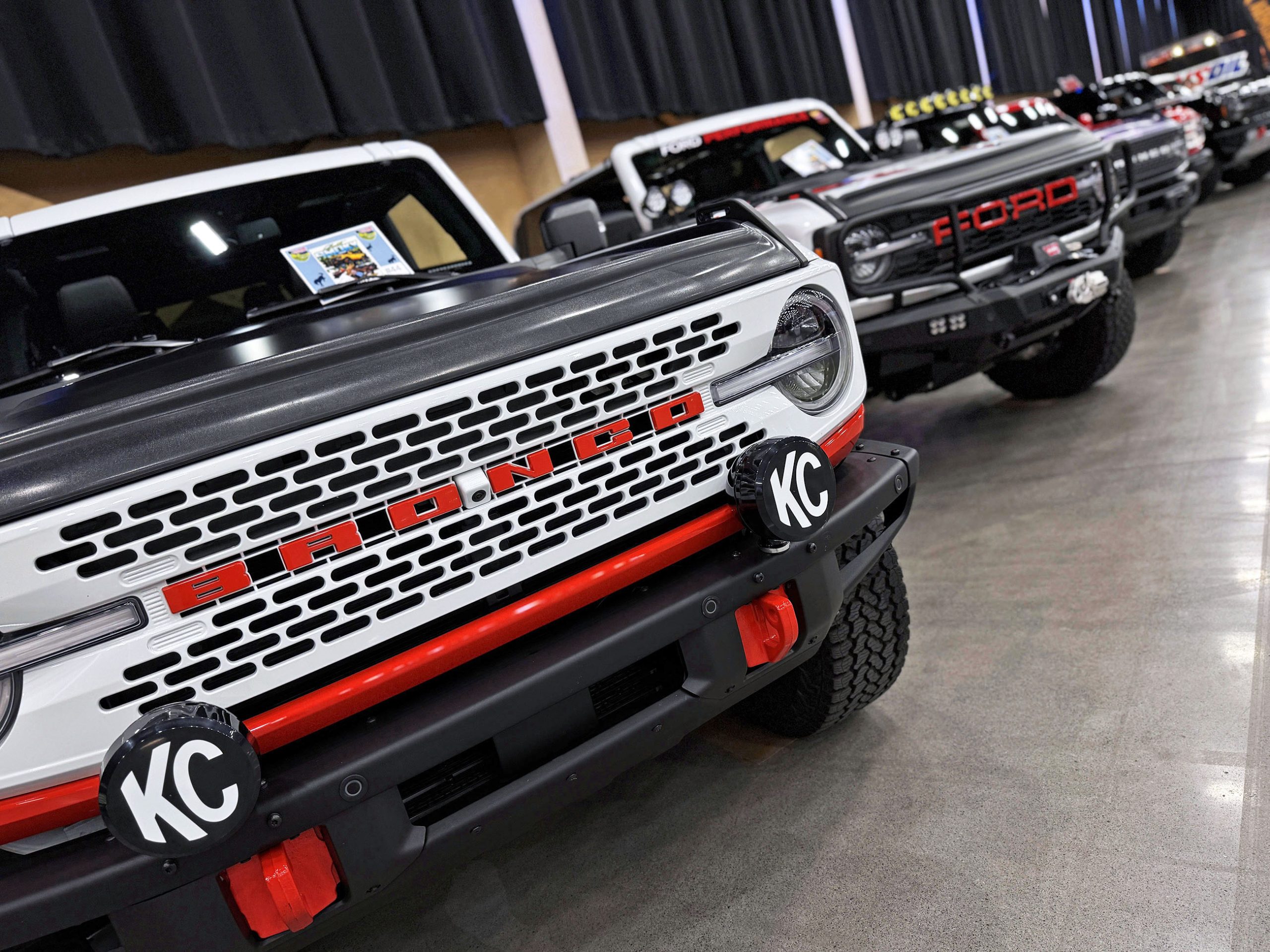
If your Bronco is still stock, it’s time for an upgrade. At the 2025 Great Smoky Mountain Bronco® Stampede in Pigeon Forge, the LeConte Center was transformed into a playground for anyone who refuses to settle for factory specs. First-gen classics mingled with lifted Sasquatch Editions, chopped customs, and wild builds that looked like they might break a few laws—on purpose. Every aisle was stacked with vendors showing off suspension systems, armor, lighting, audio, and off-road gear—everything needed to turn a perfectly nice stock Bronco into a beast that dominates the trail and turns heads everywhere it rolls.









